RDF-Star: Metadata Complexity Simplified
Ontotext
JUNE 10, 2021
Not Every Graph is a Knowledge Graph: Schemas and Semantic Metadata Matter. To be able to automate these operations and maintain sufficient data quality, enterprises have started implementing the so-called data fabrics , that employ diverse metadata sourced from different systems. Such examples are provenance (e.g.


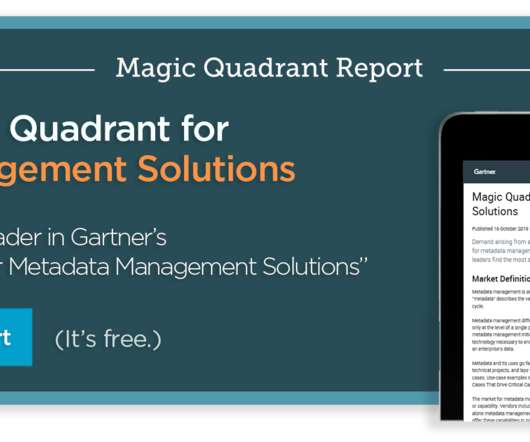


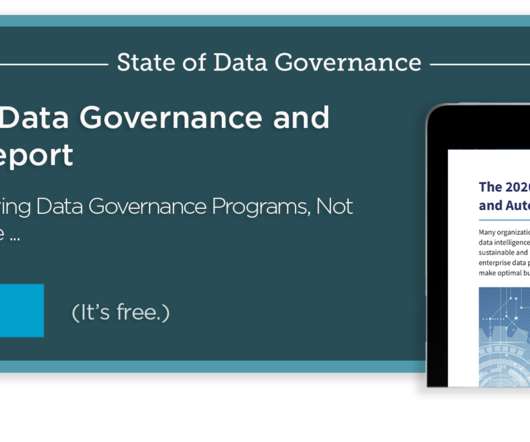
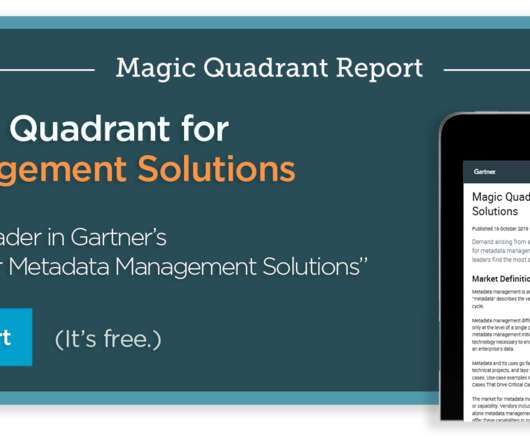
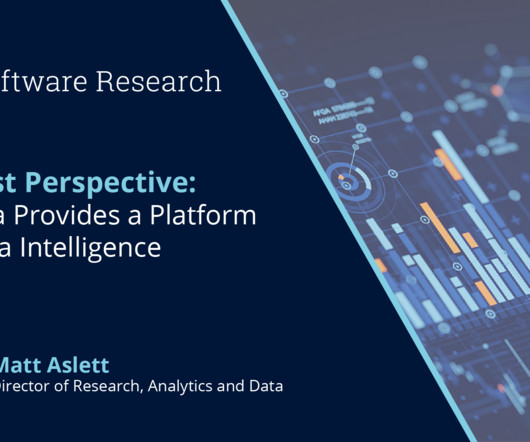




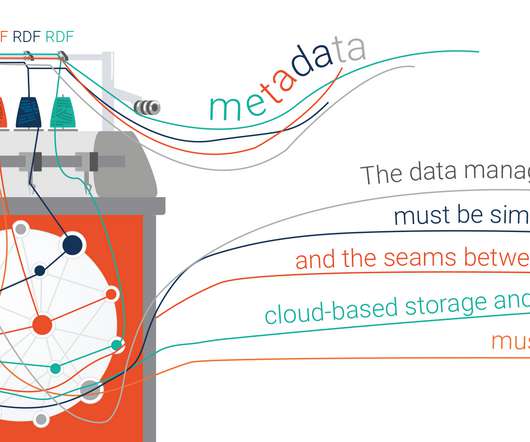
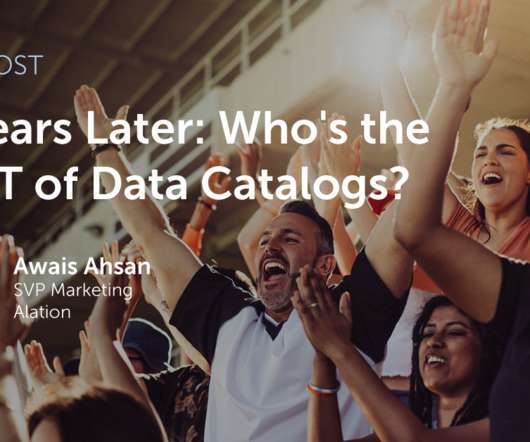
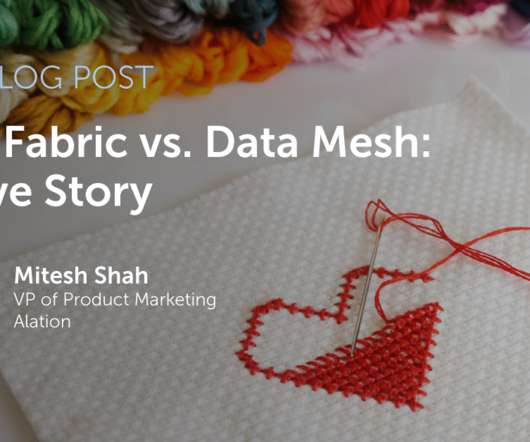
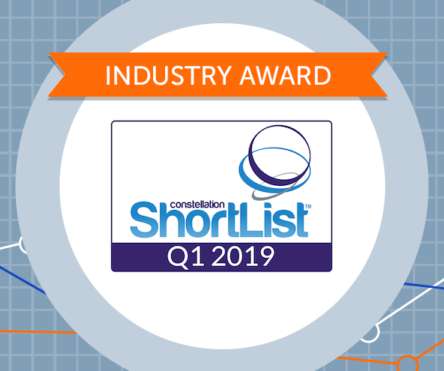
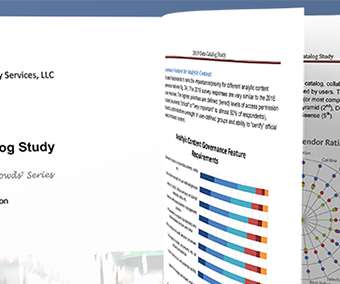

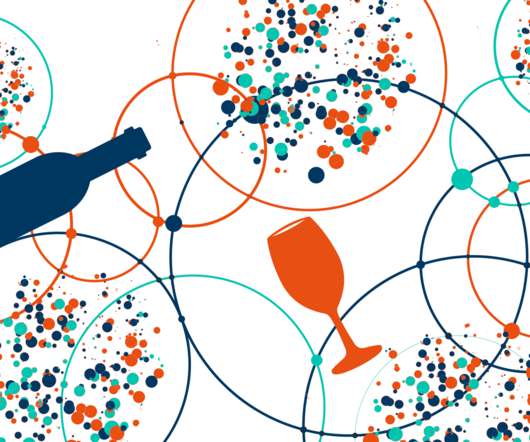
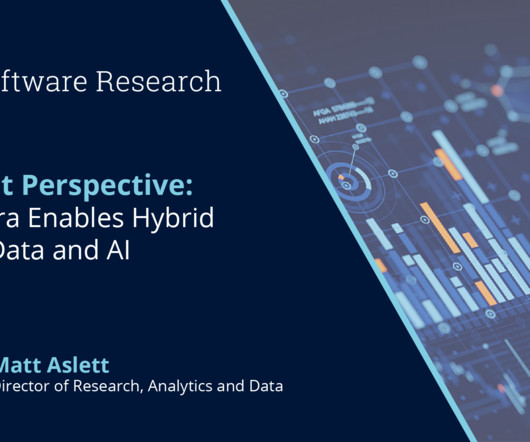









Let's personalize your content